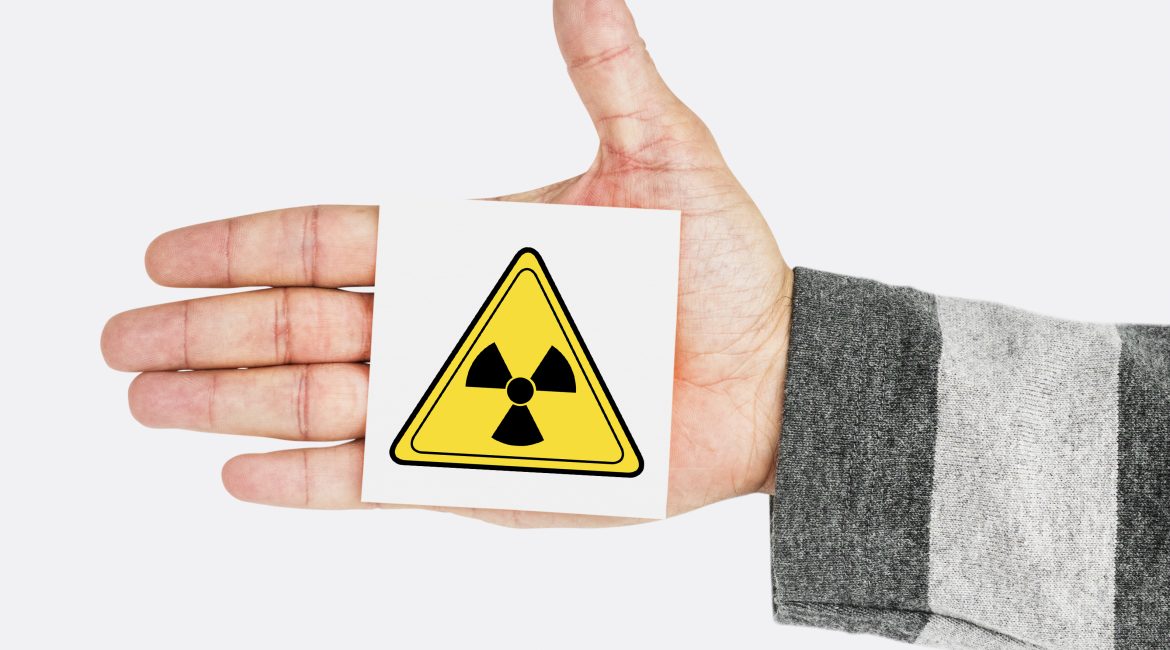The Iranian nuclear issue is returning vigorously to the forefront of events in the Middle East, particularly in the context of the escalating direct US-Iranian political confrontation and the ongoing quarrel between the two sides. This confrontation carries diverse repercussions for the Middle East region and leaves the door open to a major escalation or even a direct clash, for the following reasons:
First: The return to the White House of President Donald Trump, who in 2018 withdrew the nuclear agreement known as the "P5+1" agreement (the Joint Comprehensive Plan of Action), which was reached with Iran in July 2015 and entered into force in October of the same year for a ten-year period, ending next October.
Therefore, punitive measures against Iran, as stipulated in the Security Council resolution that issued the agreement, cannot be taken after this date. Trump wants to reach an agreement that, according to his terms and vision, ensures that there is no possibility of Iran becoming a nuclear power.
Second: The messages exchanged between Washington and Tehran, via Arab capitals and international parties, directly or indirectly, have not led to any real progress in this area. Political rhetoric remains heightened between the two sides on this issue. It is worth noting that sensitive rhetoric may be one means of negotiation, but it carries the risk of becoming a prisoner of that rhetoric.
Third: Iran's uranium enrichment rate has reached 60 percent, while it should not exceed four percent according to the aforementioned agreement. This means that Iran is approaching the "nuclear threshold," the 90 percent enrichment level, and thus entering the so-called Nuclear Club. This is also considered a red line for Israel, which, according to its nuclear doctrine, is supposed to monopolize nuclear weapons in the Middle East. This position enjoys full American consensus and support.
Fourth: The changes in the balance of power in the region have direct and indirect repercussions on the "nuclear issue," particularly due to their impact on Iran's regional power, which blows its negotiating capabilities on all issues and matters that concern Iranian strategic interests. Among these repercussions is the "loss of Syria," with its multiple and costly strategic repercussions for Tehran in the Levant in particular and the region as a whole. Add to this the support war launched from Lebanon and the repercussions it has had on Iran's allies there, in terms of the shift in the local balance of power and its various repercussions on Lebanon's position and role within this strategy.
It goes without saying that developments in Iraq over the years have prompted Baghdad to adopt more realistic and balanced policies that serve its interests more effectively in its relations within the Middle East and internationally.
All of these developments have lost or weakened many of Tehran's cards in its "power game" in the region. This game continues on the ground, particularly in the Red Sea area, with the Houthis' escalating military role and a strong US response, given the strategic and economic importance of the active confrontation arena in the region.
The Iranian nuclear issue feeds into these confrontations and regional flashpoints. Many questions are being raised at this stage: Will negotiations resume, although in different formats, to contain tensions without necessarily reaching a mutually satisfactory outcome? This is not an easy feat: it's a form of appeasement, buying time, betting on variables that favor one party or the other? Will Iran pursue the nuclear option, with all the risks, tensions, and changes in the rules of the game and conflict management in the region? Will Israel launch a comprehensive preemptive strike against Iran's nuclear infrastructure, with American support? These are unanswered questions on the table in the Middle East which affect and are affected by the region's interconnected points of tension.

